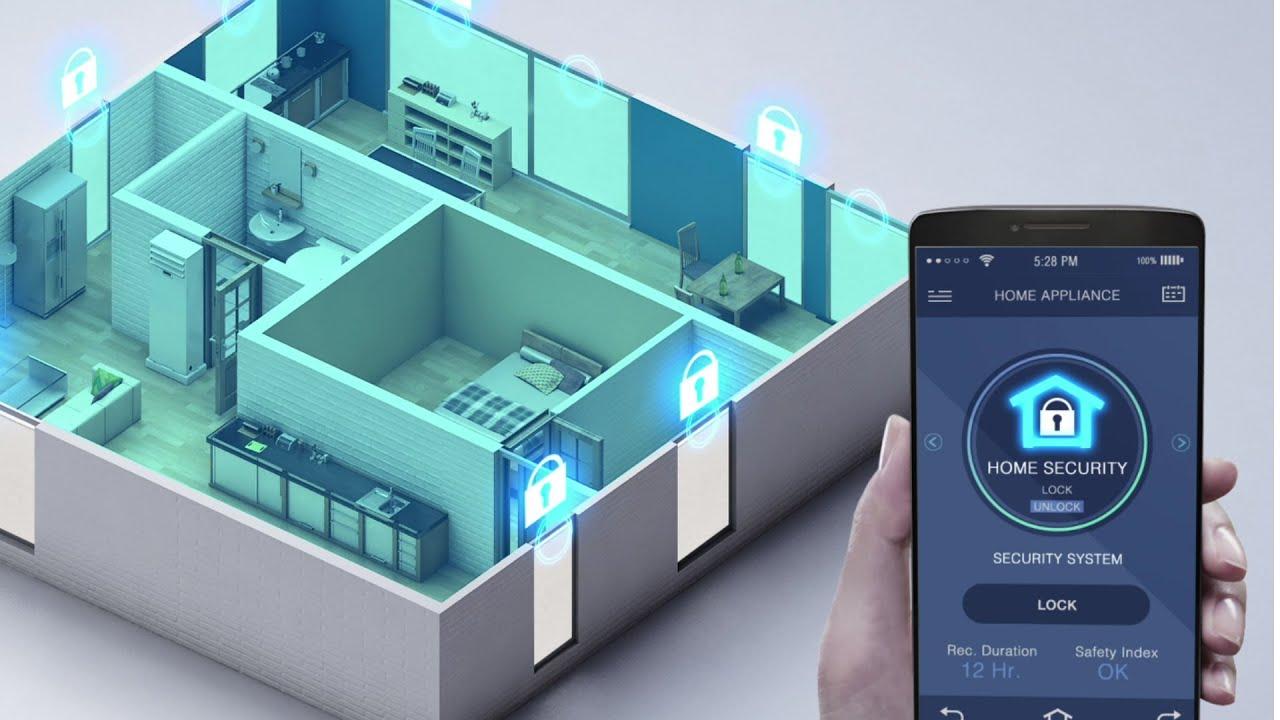Smart Home Security Market: The Role of Smart Sensors and Alarms

Introduction
Smart sensors and alarms play a crucial role in modern smart home security systems by enabling real-time threat detection, automated alerts, and seamless integration with other security devices. These advanced technologies enhance home security by detecting motion, changes in temperature, unauthorized access, and even environmental hazards. This article explores the significance of smart sensors and alarms in the smart home security market, highlighting their types, benefits, and future trends.
Types of Smart Sensors and Alarms
Smart home security systems utilize various types of sensors and alarms to provide comprehensive protection. Some of the most common include:
1. Motion Sensors
-
Detect movement within a designated area and trigger alerts or automated security responses.
-
Use infrared, microwave, or ultrasonic technology to sense motion.
-
Often integrated with security cameras and lighting systems.
2. Door and Window Sensors
-
Monitor the opening and closing of doors and windows.
-
Use magnetic contact technology to detect unauthorized access.
-
Send instant alerts to homeowners when a breach occurs.
3. Glass Break Sensors
-
Detect the sound or vibration of breaking glass.
-
Essential for protecting windows and glass doors from forced entry.
-
Work alongside door and window sensors for enhanced perimeter security.
4. Smoke and Carbon Monoxide (CO) Detectors
-
Detect smoke, fire, and harmful carbon monoxide levels.
-
Provide early warnings to prevent fire hazards and poisoning incidents.
-
Can trigger alarms, send notifications, and even activate ventilation systems.
5. Water and Flood Sensors
-
Identify leaks, moisture buildup, and flooding risks.
-
Help prevent property damage from water-related incidents.
-
Can automatically shut off water supply to mitigate damage.
6. Smart Alarms
-
Feature advanced connectivity, allowing remote control and monitoring.
-
Can be customized to differentiate between security breaches and false alarms.
-
Integrate with mobile apps, AI-driven analytics, and voice assistants.
Benefits of Smart Sensors and Alarms
The adoption of smart sensors and alarms in home security offers several advantages:
1. Real-Time Monitoring and Alerts
-
Provides instant notifications of security threats via smartphones or security systems.
-
Enables homeowners to take immediate action, such as calling emergency services.
2. Integration with Smart Home Ecosystem
-
Connects with security cameras, smart locks, lighting, and AI-driven analytics.
-
Enhances automation by triggering appropriate security responses.
3. Reduced False Alarms
-
AI and machine learning improve the accuracy of motion and environmental sensors.
-
Differentiates between normal household activity and potential threats.
4. Energy Efficiency and Cost Savings
-
Smart sensors optimize energy use by turning off unnecessary lights and appliances.
-
Prevents costly damages from fire, water leaks, or break-ins.
5. Enhanced Safety for Residents
-
Protects against intrusions, fire hazards, and environmental threats.
-
Offers peace of mind through remote monitoring and emergency notifications.
Future Trends in Smart Sensors and Alarms
As technology advances, smart sensors and alarms will continue to evolve, offering more sophisticated security solutions. Key trends include:
-
AI-Powered Threat Detection: AI-driven sensors will analyze behavior patterns to identify suspicious activity more accurately.
-
Edge Computing for Faster Processing: Local processing will reduce reliance on cloud-based systems, improving response times.
-
5G-Enabled Security Devices: Faster connectivity will enhance real-time monitoring and sensor communication.
-
Multi-Sensor Integration: Sensors will combine motion, sound, and environmental detection for a comprehensive security approach.
-
Biometric Authentication: Smart alarms and sensors will incorporate facial recognition and fingerprint scanning for added security.
Conclusion
Smart sensors and alarms are fundamental components of modern home security systems, providing homeowners with enhanced protection, automation, and real-time monitoring. As technology continues to advance, the integration of AI, 5G, and multi-sensor capabilities will further improve the effectiveness and reliability of smart home security solutions. The future of smart home security lies in intelligent, connected, and proactive systems that safeguard homes with minimal user intervention.
- Art
- Causes
- Crafts
- Dance
- Drinks
- Film
- Fitness
- Food
- Games
- Gardening
- Health
- Home
- Literature
- Music
- Networking
- Other
- Party
- Religion
- Shopping
- Sports
- Theater
- Wellness
- IT, Cloud, Software and Technology


